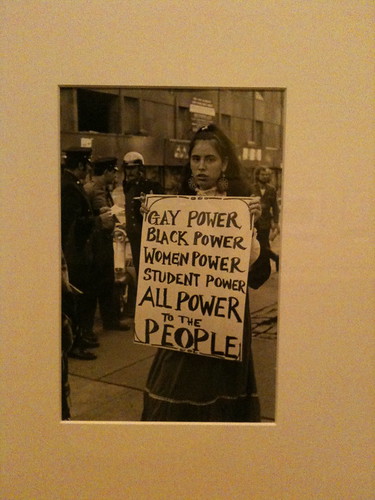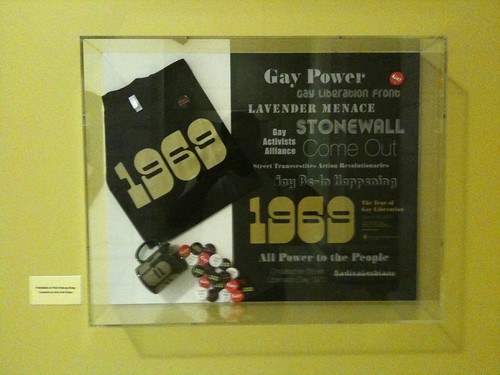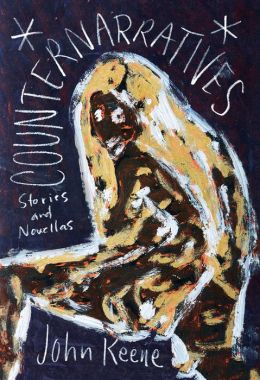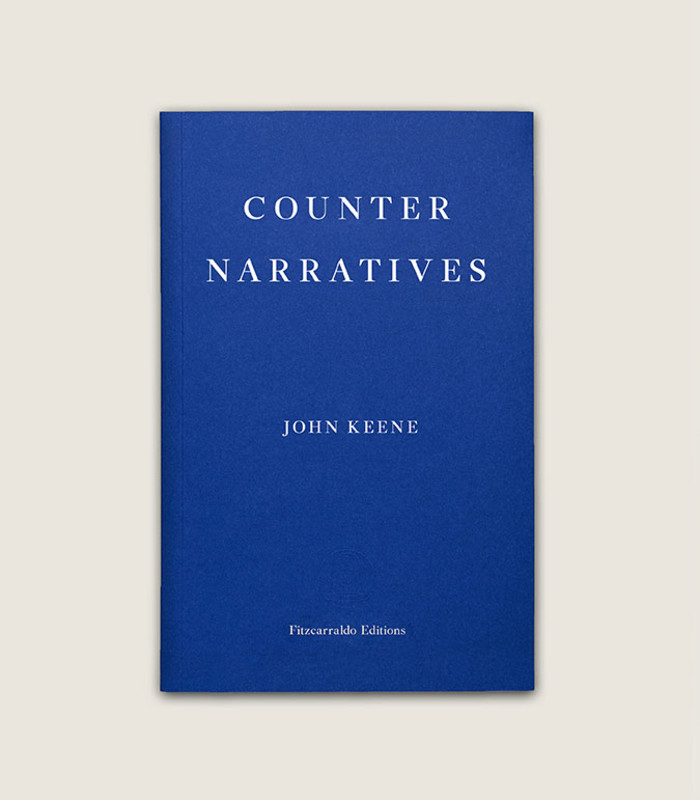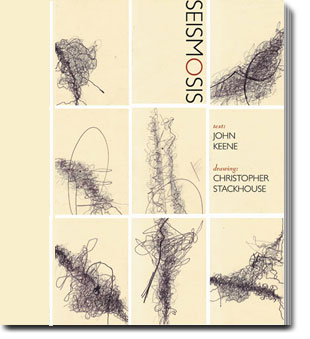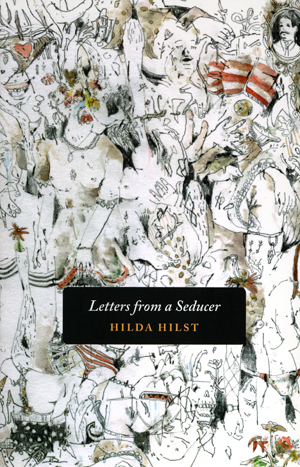March 1, 2012 marks the beginning of Women's History Month, and just as I believe on a daily basis if we are talking about and exploring and writing history, thinking about our society and how it functions and might improve, we cannot but focus on the history and contributions of women, without whom none of us would be here, and without whom this world would fall apart immediately. In my LGBTQ class, one of the first documents we looked at was "The Woman Identified Woman," by RADICALESBIANS, formerly the Gay Lavender Menace, one of several groups that splintered off from the Gay Liberation Front.
Released on May Day (May 1), 1970 (and eschewing the parodic tone of Valerie Solanas's 1967 S.C.U.M. Manifesto while sacrificing none of that or similar documents' political acuity) and distributed to attendees of the National Organization for Women-sponsored Second Annual Conference to Unite Women, and then published in Come Out!'s 4th issue, it is very much an artifact of its time and moment, down to its rhetoric, but like similar documents it set the stage for countless theoretical, biopolitical and political, cultural and aesthetic interventions to follow. As it did for me when I first came across it, the text resounded for many of my students, across genders, and become of the documents that they circled back to in our in-class discussions and in their response papers. Its insights are ones, however, that I think still don't pervade the public consciousness, despite the many decades of LGBT and later queer (and queered, and as E. Patrick Johnson and others coined, "quare") studies.
Here, in tribute, are two quotes, the opening paragraph, and the closing.
And:
Copyright © RADICALESBIANS, 1970, 2011, from the Queer Rhetoric Project. All rights reserved.
Released on May Day (May 1), 1970 (and eschewing the parodic tone of Valerie Solanas's 1967 S.C.U.M. Manifesto while sacrificing none of that or similar documents' political acuity) and distributed to attendees of the National Organization for Women-sponsored Second Annual Conference to Unite Women, and then published in Come Out!'s 4th issue, it is very much an artifact of its time and moment, down to its rhetoric, but like similar documents it set the stage for countless theoretical, biopolitical and political, cultural and aesthetic interventions to follow. As it did for me when I first came across it, the text resounded for many of my students, across genders, and become of the documents that they circled back to in our in-class discussions and in their response papers. Its insights are ones, however, that I think still don't pervade the public consciousness, despite the many decades of LGBT and later queer (and queered, and as E. Patrick Johnson and others coined, "quare") studies.
Here, in tribute, are two quotes, the opening paragraph, and the closing.
What is a lesbian? A lesbian is the rage of all women condensed to the point of explosion. She is the woman who, often beginning at an extremely early age, acts in accordance with her inner compulsion to be a more complete and freer human being than her society – perhaps then, but certainly later – cares to allow her. These needs and actions, over a period of years, bring her into painful conflict with people, situations, the accepted ways of thinking, feeling and behaving, until she is in a state of continual war with everything around her, and usually with her self. She may not be fully conscious of the political implications of what for her began as personal necessity, but on some level she has not been able to accept the limitations and oppression laid on her by the most basic role of her society–the female role. The turmoil she experiences tends to induce guilt proportional to the degree to which she feels she is not meeting social expectations, and/or eventually drives her to question and analyze what the rest of her society more or less accepts. She is forced to evolve her own life pattern, often living much of her life alone, learning usually much earlier than her “straight” (heterosexual) sisters about the essential aloneness of life (which the myth of marriage obscures) and about the reality of illusions. To the extent that she cannot expel the heavy socialization that goes with being female, she can never truly find peace with herself. For she is caught somewhere between accepting society’s view of her – in which case she cannot accept herself – and coming to understand what this sexist society has done to her and why it is functional and necessary for it to do so. Those of us who work that through find ourselves on the other side of a tortuous journey through a night that may have been decades long. The perspective gained from that journey, the liberation of self, the inner peace, the real love of self and of all women, is something to be shared with all women – because we are all women.
And:
It is the primacy of women relating to women, of women creating a new consciousness of and with each other, which is at the heart of women’s liberation, and the basis for the cultural revolution. Together we must find, reinforce, and validate our authentic selves. As we do this, we confirm in each other that through struggling, an incipient sense of pride and strength, the divisive barriers begin to melt, we feel this growing solidarity with our sisters. We see ourselves as prime, find our centers inside of ourselves. We find receding the sense of alienation, of being cut off, of being behind a locked window, of being unable to get out what we know is inside. We feel a real-ness, feel at last we are coinciding with ourselves. With that real self, with that consciousness, we begin a revolution to end the imposition of all coercive identifications, and to achieve maximum autonomy in human expression.
Copyright © RADICALESBIANS, 1970, 2011, from the Queer Rhetoric Project. All rights reserved.




